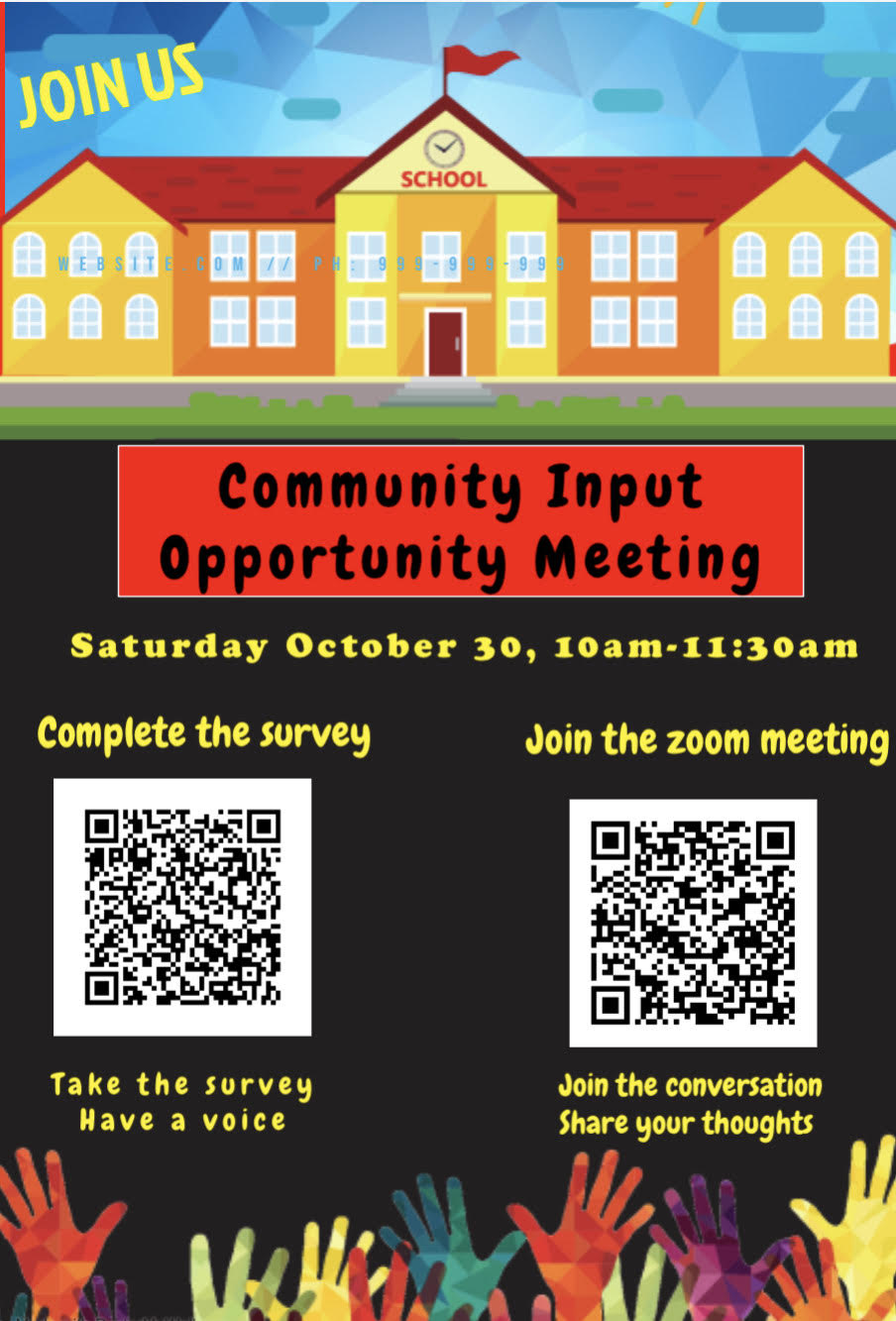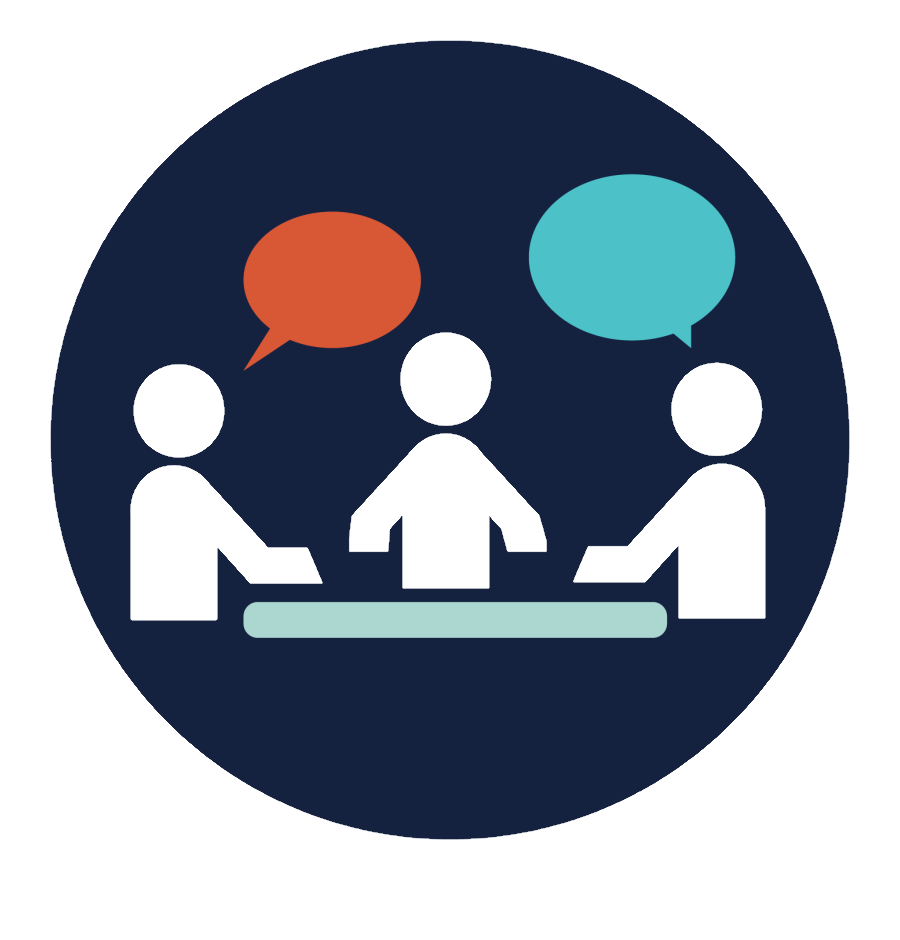Mascot Change Process: MPHS and Totem Middle School
What effects do Native mascots have on students?
In scientifically valid studies, the use of Native mascots was confirmed to have many harmful effects. Perhaps most importantly, it increases stress, depression, and suicide ideation among young adults (LaRocque, et al., 2011). Ethnic identity did not buffer these effects.
The use of Native mascots also increases stereotyping & discrimination against Native Americans (Gonzalez, 2005; Kraus et al, 2019) and contributes to the minimization of Natives' experiences with racism (Neville et al, 2011). Native mascots also increase stereotyping and discrimination against other students of color (Kim-Prieto, 2010).
Exposure to Native mascots also increases non-Natives' view that Natives are:
Warlike (Angle et al, 2017, Study 1)
Primitive (Angle et al, 2017, Study 2)
Less noble/honorable (Angle et al, 2017, Study 3)
More aggressive (Burkeley et al, 2017)
Less academically capable (Freng & Willis-Esqueda, 2011)
NOTABLY: Study participants did not distinguish how they feel about Native mascots from how they feel about Native Peoples. Chaney et al (2011)
Taking on the issue of Native erasure:
Are there better ways to ensure Natives are honored and represented?
Some who are concerned about retiring Native mascots have brought up the issue of Native erasure. There is reason to be mindful of this concern. Shocking research has shown that nearly half of Americans think that Native Americans don't exist anymore -- that Native peoples are only part of distant history or some sort of romanticized past.
When mascots using Native imagery are retired, the image being erased was a false and harmful “idea” or caricature of Native peoples to begin with. Even when the imagery is not overtly negative or stereotypical in nature, the research still shows negative effects for students and Native communities. Retiring Native mascots makes way for more accurate, modern, honoring, and inspiring Native representation.
Marysville Schools are committed to doubling down on this important work through things like expanding students’ opportunities to learn Lushootseed, expanding the opportunities to learn skills that have both historic and modern value such as boat building and navigation, as well as investing in accurate history curriculum and implementing the free “Since Time Immemorial” curriculum provided by Washington State. There are incredible opportunities that come with this process. As we work together to identify new mascots, we are learning more about our rich local history and believe that it will deepen our collective pride in who we are as a community.


